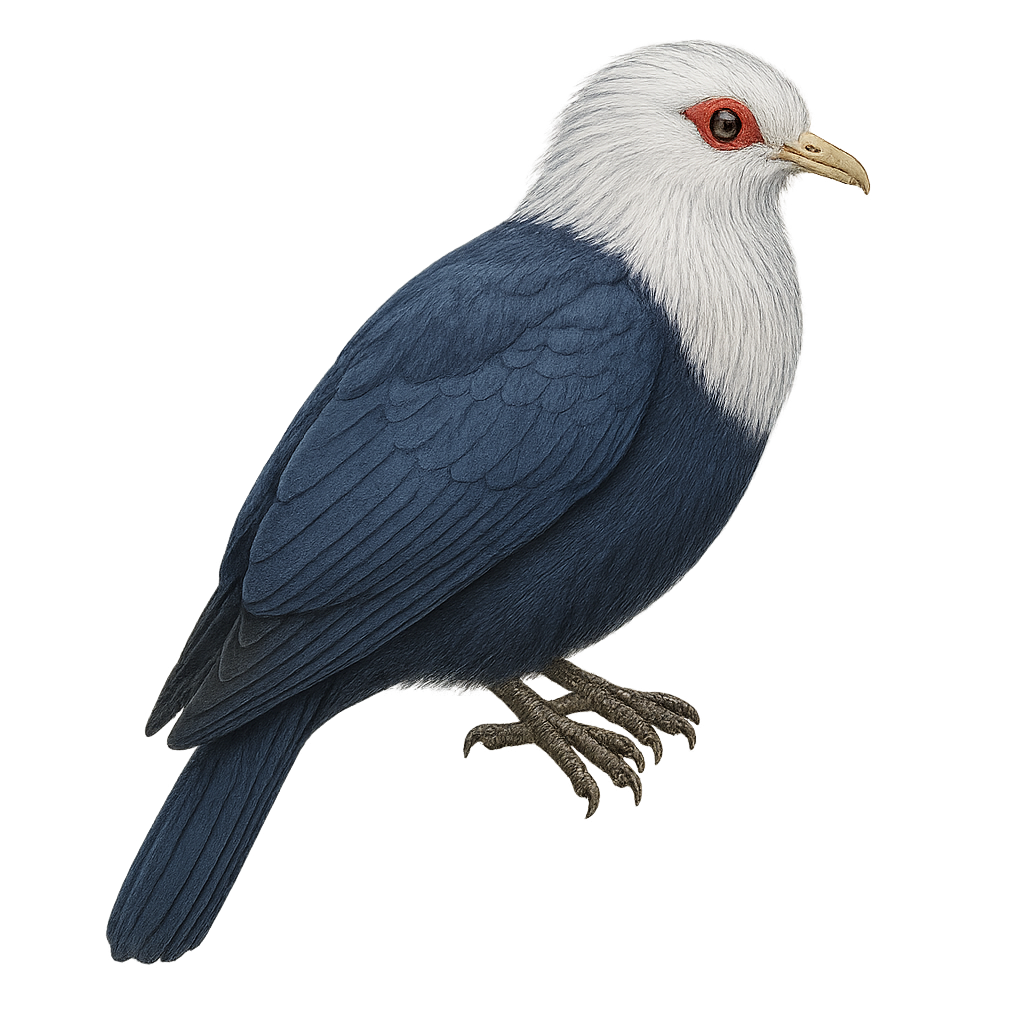Your wildlife photography guide.
Explore the comoro blue pigeon in detail, study its behavior, prepare your shots.
Where to observe and photograph the comoro blue pigeon in the wild
Learn where and when to spot the comoro blue pigeon in the wild, how to identify the species based on distinctive features, and what natural environments it inhabits. The WildlifePhotographer app offers tailored photography tips that reflect the comoro blue pigeon’s behavior, helping you capture better wildlife images. Explore the full species profile for key information including description, habitat, active periods, and approach techniques.
Comoro Blue Pigeon
Scientific name: Alectroenas sganzini

IUCN Status: Near Threatened
Family: COLUMBIDAE
Group: Birds
Sensitivity to human approach: Suspicious
Minimum approach distance: 10 m
Courtship display: October to December
Incubation: 17-19 jours
Hatchings: October to January
Habitat:
Dense forests, wooded areas
Activity period :
Primarily active during the day, with peak activity in the morning and late afternoon.
Identification and description:
The Comoro Blue Pigeon, or Alectroenas sganzini, is an endemic bird of the Comoros, known for its striking blue plumage and distinctive red head. Measuring about 30 cm in length, it is characterized by its robust body and rounded wings. This bird prefers dense forests and wooded areas, where it primarily feeds on fruits, seeds, and small invertebrates. Although its habitat is limited, it adapts well to environmental changes. However, deforestation and hunting pose potential threats to its survival. Its suspicious nature makes it difficult to observe, but it is often heard due to its soft and melodious song.
Recommended lens:
400 mm – adjust based on distance, desired framing (portrait or habitat), and approach conditions.
Photography tips:
To photograph the Comoro Blue Pigeon, it is advisable to use a telephoto lens of at least 400 mm to capture detailed images without disturbing the bird. Look for areas where fruits are abundant, as these birds are often attracted to food sources. Be patient and discreet, as their suspicious nature makes them sensitive to sudden movements. Take advantage of the early morning or late afternoon hours to benefit from soft, natural light, ideal for highlighting the bright colors of their plumage.
The WildlifePhotographer App is coming soon!
Be the first to explore the best nature spots, track rutting seasons, log your observations, and observe more wildlife.
Already 1 432 wildlife lovers subscribed worldwide

